
Ingredient
Basil, dry
The Fragrant Herb: Dried Basil
Dried basil is derived from the leaves of the basil plant, which are carefully dried to preserve their aromatic and savory qualities. It possesses a slightly sweet and peppery taste with hints of mint and anise. The texture is crumbly and brittle, and the appearance showcases vibrant green leaves.
Origins and history
Basil has its roots in the Mediterranean region, particularly in India and Iran, where it has been cultivated for over 5,000 years. It holds immense cultural significance in Italian cuisine, often associated with pesto and tomato-based dishes. Basil was also revered in ancient civilizations like Egypt and Greece for its medicinal properties and religious symbolism.
Nutritional information
Dried basil is a good source of vitamin K, iron, calcium, and antioxidants. It is low in calories, with approximately 4 calories per teaspoon.
Allergens
There are no known allergens associated with dried basil.
How to select
When selecting dried basil, opt for a reputable brand that ensures high-quality herbs. Look for vibrant green leaves without any signs of discoloration or moisture. The aroma should be strong and fragrant.
Storage recommendations
To maintain the freshness of dried basil, store it in a cool, dark place, away from heat and moisture. Use a tightly sealed container to prevent the loss of flavor and aroma.
How to produce
Dried basil can be easily produced by harvesting fresh basil leaves and drying them in a well-ventilated area away from direct sunlight. Once completely dry, crumble the leaves and store them in an airtight container.
Preparation tips
Dried basil can be used in a variety of dishes, including soups, stews, sauces, marinades, and salad dressings. It pairs well with tomatoes, garlic, lemon, and olive oil. Sprinkle it over pizzas, pasta dishes, or roasted vegetables for an extra burst of flavor.
Substitutions
Dried oregano or thyme can be used as substitutes for dried basil, although they have slightly different flavor profiles. Fresh basil leaves can also be used as a substitute, but the quantity may need to be adjusted as dried basil is more concentrated.
Culinary uses
Dried basil is commonly used in Italian, Mediterranean, and Thai cuisines. It is a key ingredient in pesto, Caprese salad, tomato-based sauces, and bruschetta. It also adds a delightful flavor to grilled meats, seafood, and roasted vegetables.
Availability
Dried basil is widely available in grocery stores, supermarkets, and online retailers.
More ingredients from this category » Browse all

Hyssop, dry
The Aromatic Herb: Unveiling the Secrets of Dry Hyssop

Rosemary, dry
"The Fragrant Herb: Unveiling the Secrets of Dried Rosemary"

Angelica, dry
The Heavenly Herb: Unveiling the Secrets of Dry Angelica

Thyme, dry
The Essence of Thyme: A Versatile Herb

Balm leaves, dry
The Soothing Herb: Balm Leaves

Bay leaves, dry
Aromatic Leaf of Flavor
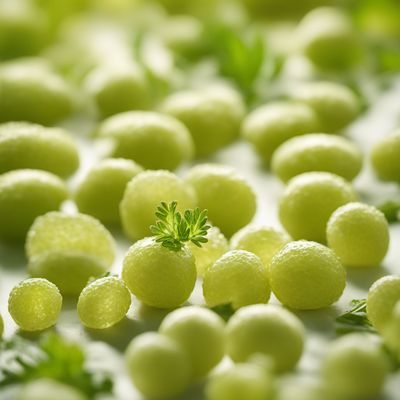
Rue, dry
The Bitter Herb: Unveiling the Secrets of Dry Rue

Fennel, dry
The Fragrant Spice of the Mediterranean

Tansy and related species, dry
The Golden Herb of Ancient Times

Celery leaves, dry
The Flavorful Herb: Dry Celery Leaves

Wintergreen leaves, dry
Nature's Minty Delight
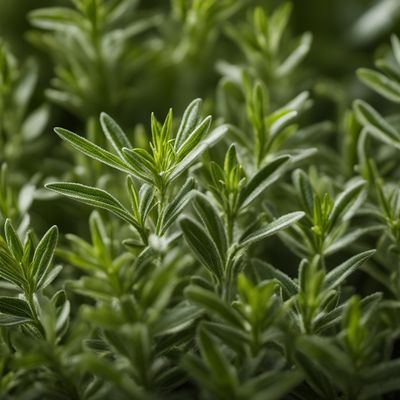
Savory, dry
Umami Delight
Recipes using Basil, dry » Browse all
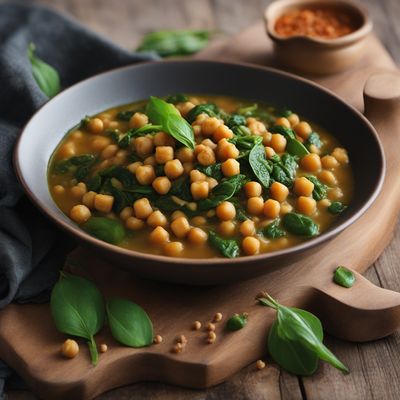
Spinach and Chickpeas Stew
Lucanian Spinach and Chickpeas Delight

Lesotho-style Spicy Beef Sausage
Savory Lesotho Beef Sausage Delight

Pennsylvania Dutch Pane Frattau
Amish-inspired Pane Frattau: A Hearty Twist on an Italian Classic

Ormer Casserole with Herb Crust
Savory Delight: Ormer Casserole with a Herbaceous Twist
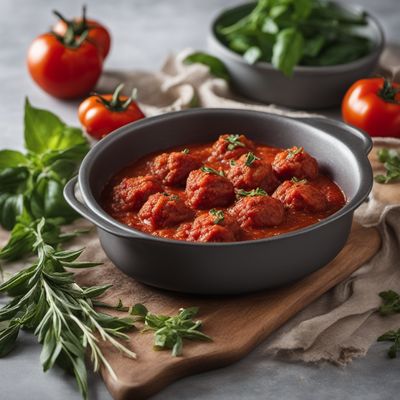
Spicy Meatballs with Tomato Sauce
Fiery Polpette with Tangy Tomato Sauce
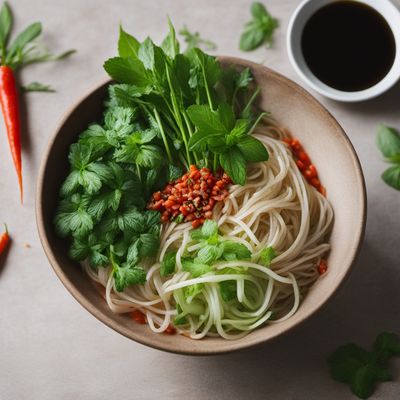
Occitan Spiced Sarrasin Phở Salad
Sarrasin Phở Salad with a Spicy Occitan Twist

Mediterranean Focaccia
Sun-Kissed Focaccia: A Taste of the Mediterranean

Baked Pepperoni Delight
Sizzling Pepperoni Bake: A Fiery Italian Delight

Italian Cheesesteak
Philly Meets Italy: Italian Cheesesteak Recipe

Italian Soufflé
Delizioso Soufflé: A Taste of Italy

Pozharsky Cutlet with a Twist
Crispy Chicken Cutlets with a Russian Twist

Spaghetti Jaffle
Savory Spaghetti Jaffle Delight